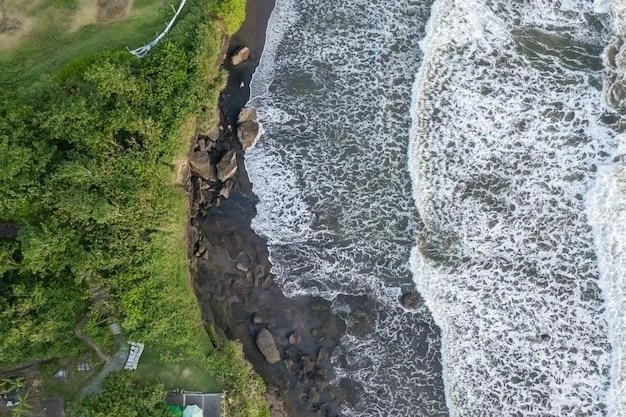Coastal communities are uniquely vulnerable to the impacts of climate change. Rising sea levels, more frequent and intense storms, ocean acidification, and changes in marine ecosystems are all threats that coastal residents face. These impacts can have devastating consequences for local economies, infrastructure, and public health.
Rising Sea Levels
As global temperatures rise, glaciers and ice sheets melt, leading to rising sea levels. This poses a significant threat to coastal communities as it can cause erosion, flooding, and saltwater intrusion into freshwater sources. Coastal erosion can damage homes, businesses, and infrastructure, while flooding can disrupt transportation, power, and communication systems. Saltwater intrusion can contaminate drinking water supplies and damage agricultural land.
Increased Storm Frequency and Intensity
Climate change is also contributing to more frequent and intense storms, such as hurricanes and typhoons. These storms can cause significant damage to coastal communities, including flooding, erosion, and infrastructure damage. The combination of rising sea levels and stronger storms can amplify the impacts, leading to more severe flooding and coastal erosion.
Ocean Acidification
As the ocean absorbs carbon dioxide from the atmosphere, it becomes more acidic. Ocean acidification poses a threat to marine ecosystems, particularly to organisms with calcium carbonate shells, such as corals, shellfish, and plankton. This can disrupt food chains and impact the livelihoods of coastal communities that rely on fishing and tourism.

Changes in Marine Ecosystems
Climate change is causing shifts in marine ecosystems, including changes in species distribution, abundance, and behavior. This can have cascading effects on coastal communities, impacting fisheries, tourism, and coastal protection. For example, warming waters can lead to the migration of fish species, affecting fishing industries and coastal economies.
Impacts on Coastal Communities
The impacts of climate change on coastal communities are multifaceted and can have significant social, economic, and environmental consequences:
- Economic Impacts: Coastal communities rely heavily on tourism, fishing, and other industries that are vulnerable to climate change impacts. Rising sea levels, storms, and changes in marine ecosystems can disrupt these industries, leading to job losses and economic hardship.
- Infrastructure Damage: Coastal infrastructure, such as roads, bridges, and power lines, is at risk from rising sea levels, storms, and flooding; Damage to infrastructure can disrupt transportation, communication, and essential services.
- Public Health: Climate change can exacerbate public health problems in coastal communities. Flooding can lead to waterborne diseases, while extreme heat can increase the risk of heatstroke and other heat-related illnesses.
- Displacement and Migration: Rising sea levels and coastal erosion can force coastal residents to relocate, leading to displacement and migration. This can put a strain on resources and infrastructure in other areas.

Adaptation and Mitigation
Coastal communities need to adapt to the impacts of climate change and mitigate their contribution to the problem. Adaptation measures include:
- Seawalls and other coastal defenses: Building seawalls, breakwaters, and other coastal defenses can help protect coastal communities from erosion and flooding.
- Stormwater management: Implementing stormwater management systems can reduce the risk of flooding by diverting rainwater and preventing runoff.
- Sustainable land use planning: Planning for sustainable land use can help minimize the impacts of sea level rise and coastal erosion by restricting development in vulnerable areas.
Mitigation measures focus on reducing greenhouse gas emissions, which are the primary driver of climate change. Examples of mitigation measures include:
- Transitioning to renewable energy sources: Reducing reliance on fossil fuels and transitioning to renewable energy sources, such as solar and wind power, can significantly reduce greenhouse gas emissions.
- Improving energy efficiency: Implementing energy efficiency measures in buildings, transportation, and industry can reduce energy consumption and greenhouse gas emissions.
- Protecting and restoring forests: Forests play a vital role in absorbing carbon dioxide from the atmosphere. Protecting and restoring forests can help mitigate climate change.
Conclusion
Climate change poses significant challenges to coastal communities worldwide. Rising sea levels, storms, ocean acidification, and changes in marine ecosystems are all threats that require immediate action. By implementing adaptation and mitigation measures, coastal communities can build resilience and protect their livelihoods and well-being in the face of climate change.










